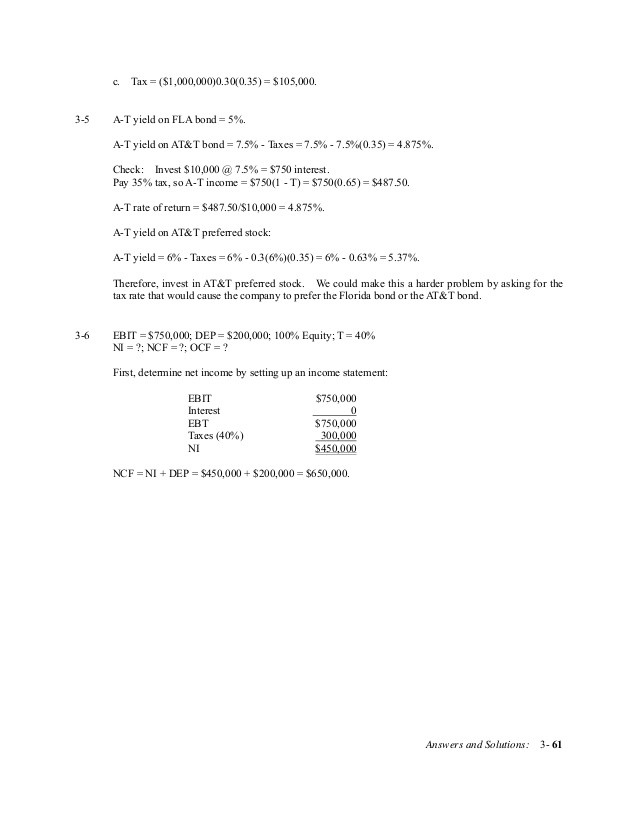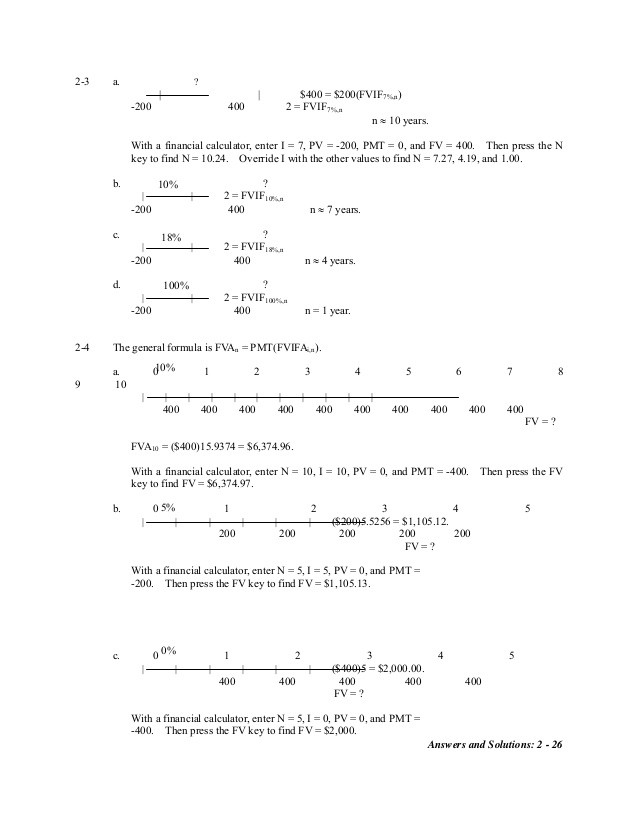Premium Bonds Problems And Opportunities_2
Post on: 30 Июнь, 2015 No Comment

Midterm
- The midterm is closed book. However, you are allowed to bring in one 8.5×11 sheet, containing anything you wish.
- Time allowed is 2 hours.
- Explain all your steps ; correct answers without explanations may not be given any credit at all.
- Show all your computations and formulae. Make all your assumptions explicit. If your approach is correct, you will get some credit, even if your arithmetic answer is wrong. So concentrate on getting your logic right.
- If you answer a question, I have the discretion to award you some points, even if you are completely wrong. If you don’t attempt the question at all, I can give you no points! So attempt every question.
- Questions 2 through 7 have to be done in-class. Question 1 is a take-home question. It is due by email by 11:59pm on Tuesday night, October 25.
realmoney.thestreet.com/articles/10/07/2011/screening-large-dividend-plays). You may not be able to see the entire article, but you don’t need to for the purpose of answering the question. Use all that you have learnt from the chapters that we have covered upto now, including Chapter 6 and 7.
- Explain the author’s critique of Heller’s dividend-based picks and his recommendations for using ETFs. What is your viewpoint? Support it.
- Can you think of counter-arguments as to why ETFs would not be the way to go? What would you substitute as an investment strategy instead of ETFs? Keep to the theme of this article, where he agrees essentially with Heller’s basic point of using dividend-paying stocks in one’s portfolio.
I spend a lot of time reading RealMoney. It provides a unique and valuable service to investors: near-real-time, intelligent reaction to breaking news in the financial markets.
If it has a flaw, its an obsession with single stocks.
It struck me when I was reading Jonathan Hellers article on Screening the Large Dividend Plays. In one sense, its a perfectly reasonable piece. Noting that dividend-paying companies can smooth the ride for investors during times of crisis, Heller develops a screen to find large-cap dividend companies with strong financials.
His criteria are reasonable. It produces a list of 32 names ranging from ExxonMobil (XOM) to Lowes (LOW) to AFLAC (AFL), with an average yield of 2.8%.

Heller doesnt talk about how to choose between the various stocks. He only suggests that this will be a group worth monitoring.
I couldnt agree more. In fact, Id go a step further and say that taking this research and buying any one of these stocks would be foolhardy, for three reasons.
First, it defeats the purpose of the exercise. The premise of Hellers argument is that high-yielding stocks should help you ride out market volatility. Thats a great argument for buying all the stocks Heller outlines, but a terrible reason to pick one or two. One or two would concentrate your risk and would (by any reasonable definition) be riskier than owning the market as a whole.
Second, theres no reason to think you would do it well. This is the big one. Im sure that the readers of RealMoney are smarter than most people. I know they have more informational resources at their fingertips than most of their peers. But to select a firm like XOM or AFL out of the haystack and assume youll have an informational advantage over the rest of Wall Street? Well, thats just crazy.
There are lots of very-well-paid analysts who spend their lives covering these firms and youre unlikely to uncover a hidden gem or a mispriced large-cap. You may be right that the trend of dividend-payers-as-a-whole outperforming is real, but finding an undiscovered U.S. large-cap? Good luck.
Third, you dont have to. This is important. There are 27 ETFs designed specifically to provide exposure to high-yielding stocks. That includes 12 focused in the U.S. market, drawn from eight different providers, tracking 12 distinct indexes. Each of those indexes uses some version of the criteria that Jonathan lays out.
The granddaddy of dividend funds, for instance, the iShares Dow Jones Select Dividend ETF (DVY), selects the highest-yielding stocks screened for dividend-per-share growth, dividend payout percentage, and liquidity. It currently yields 3.91%, higher than the 2.8% average yield screened by Hellers criteria. The best-performing high-yield U.S. equity ETF over the past year is the First Trust Morningstar Dividend Leaders Fund (NYSEArca: FDL), which selects the highest yielding stocks after screening them for the ability to sustain those dividends long-term.
Its currently yielding 4.24%, and has outperformed the S&P 500 by more than 5% over the past year.
There are other good choices as well.
I know why single stocks are attractive. Its nice to think you have better information that your peers. It feels like you can get to know a company and how its stock trends. Its fun to hit home runs.
But, in essence, youre just playing hunches and unless you have the ability to massively diversify youre taking on untoward risk. In a scenario like this, where youre looking to smooth out your returns, single stocks are a mistake. The concept — high-yielding stocks — is a good idea. But an ETF is the way to play it.
2.(15 points) Old Economy Traders opened an account to short sell 3,000 shares of Internet Dreams at $81 per share. The initial margin requirement was 50%. (The margin account pays no interest.) A year later, the price of Internet Dreams has risen from $81 to $90, and the stock has paid a dividend of $3.00 per share.
- What is the remaining margin in the account?
- If the maintenance margin requirement is 30%, will Old Economy receive a margin call?
- What is the rate of return on the investment?
3. (10 points) Assume that you manage a risky portfolio with an expected rate of return of 17% and a standard deviation of 37%. The T-bill rate is 5%. Your client’s degree of risk aversion is A = 2.1
- What proportion, y. of the total investment should be invested in your fund?
- What is the expected value and standard deviation of the rate of return on your client’s optimized portfolio?
4. (10 points) Suppose that you have $1 million and the following two opportunities from which to construct a portfolio:
- Risk-free asset earning 7% per year.
- Risky asset with expected return of 27% per year and standard deviation of 40%.
If you construct a portfolio with a standard deviation of 28%, what is its expected rate of return?
5. (15 points) A pension fund manager is considering three mutual funds. The first is a stock fund, the second is a long-term government and corporate bond fund, and the third is a T-bill money market fund that yields a rate of 5%. The probability distribution of the risky funds is as follows:














